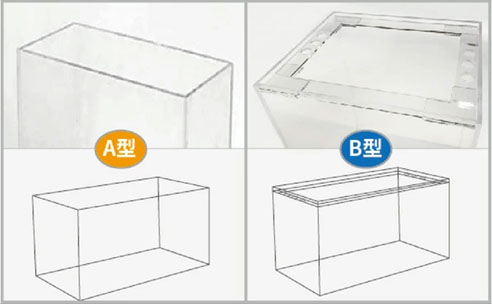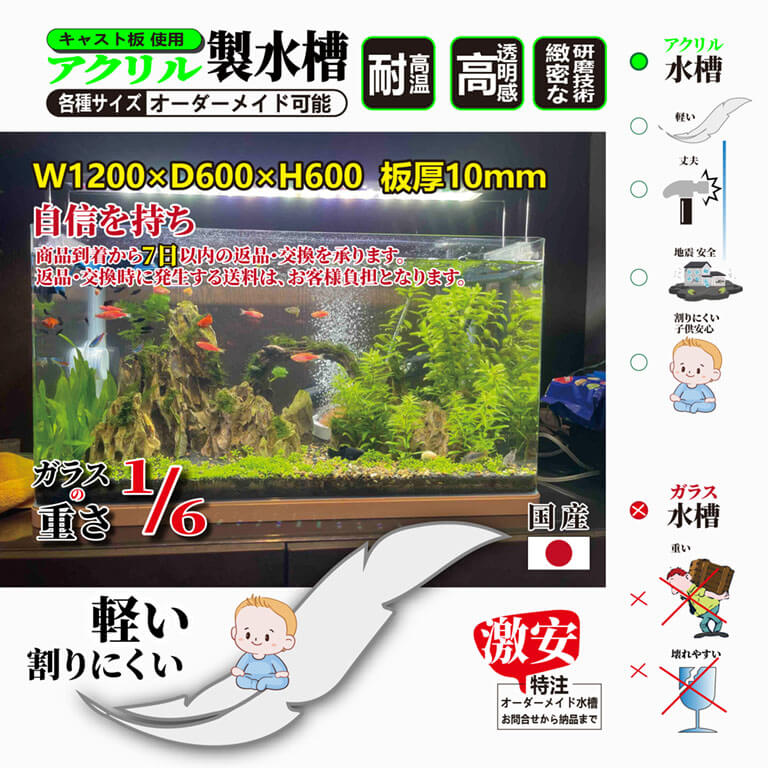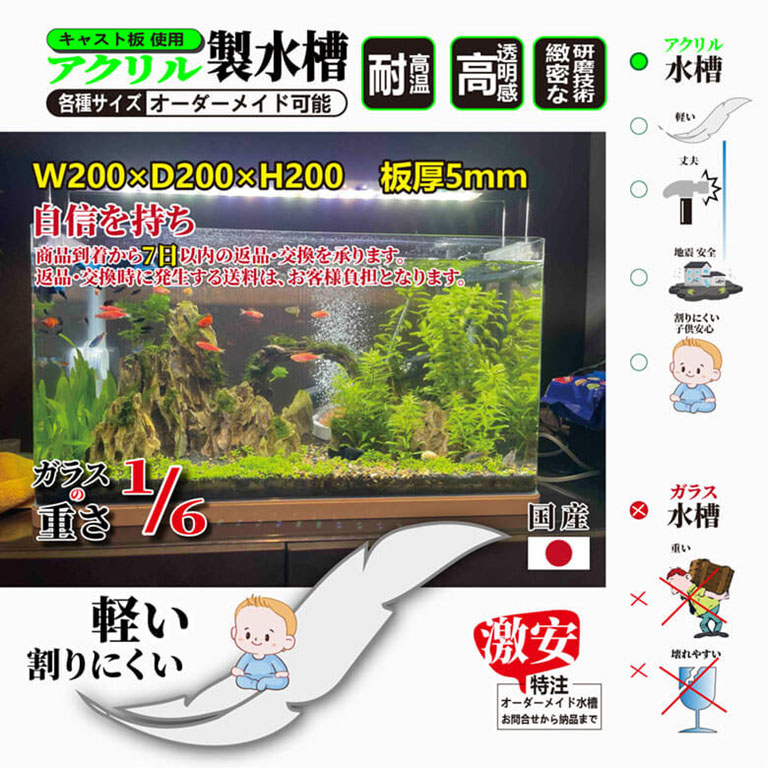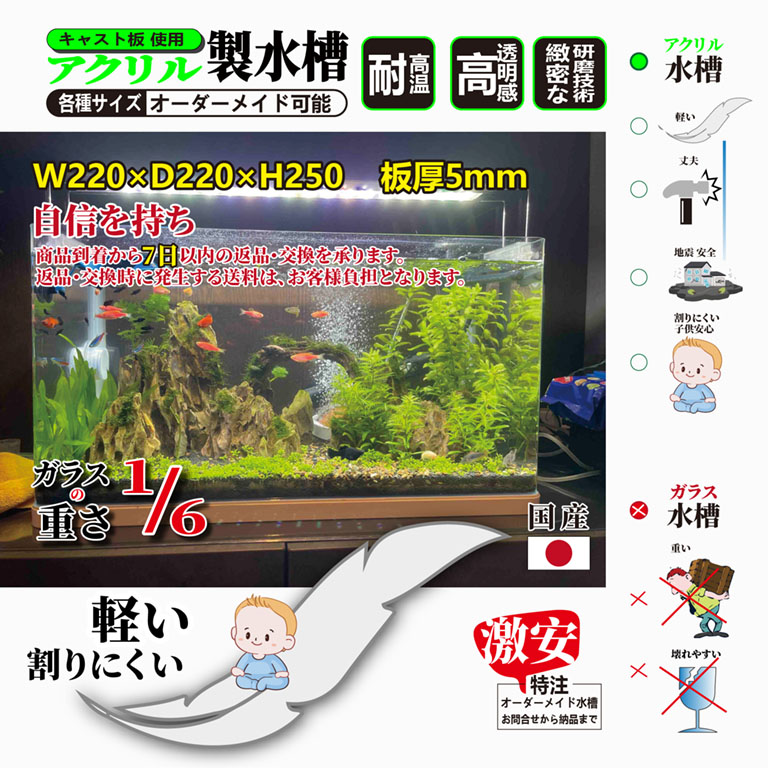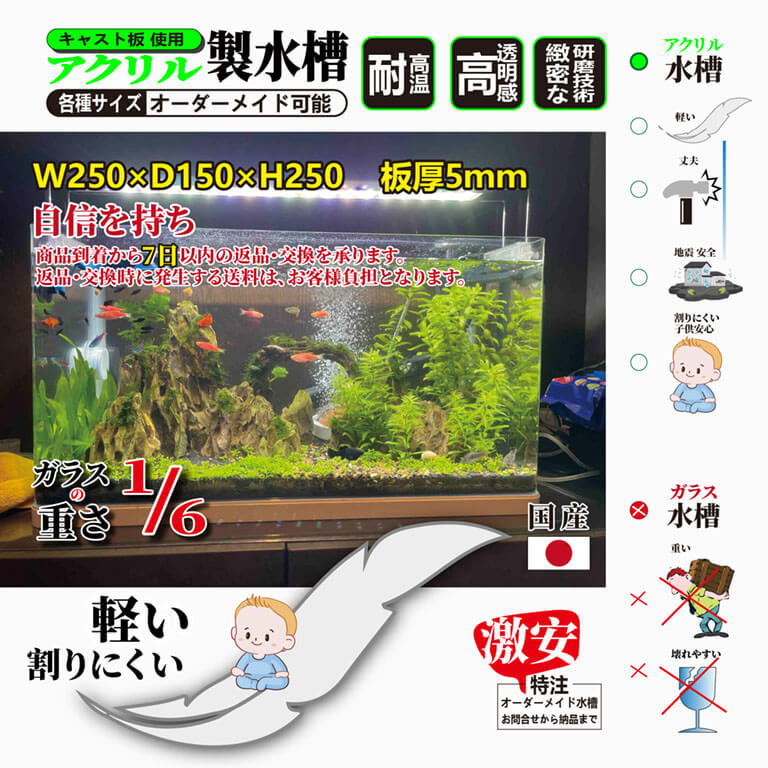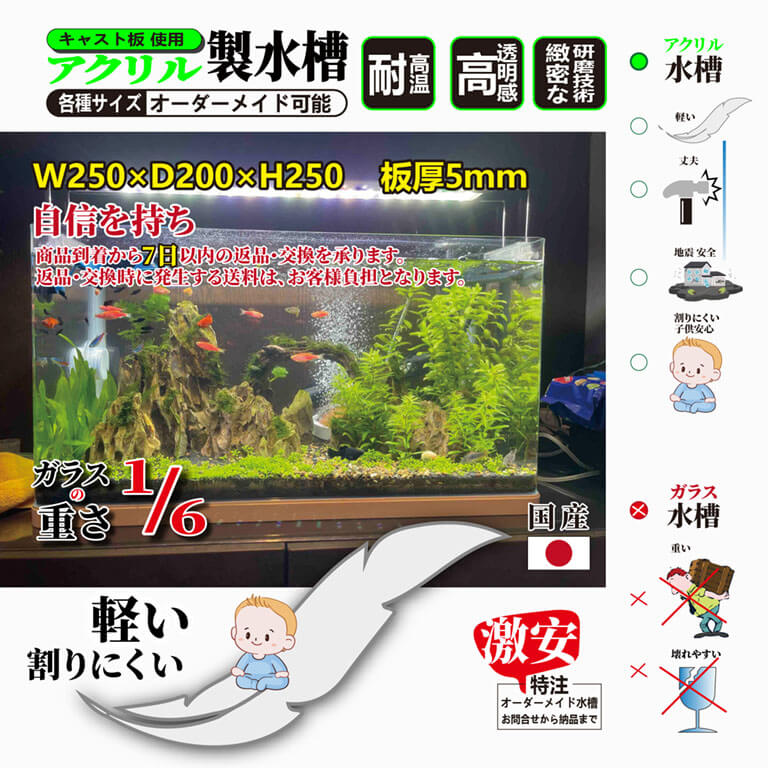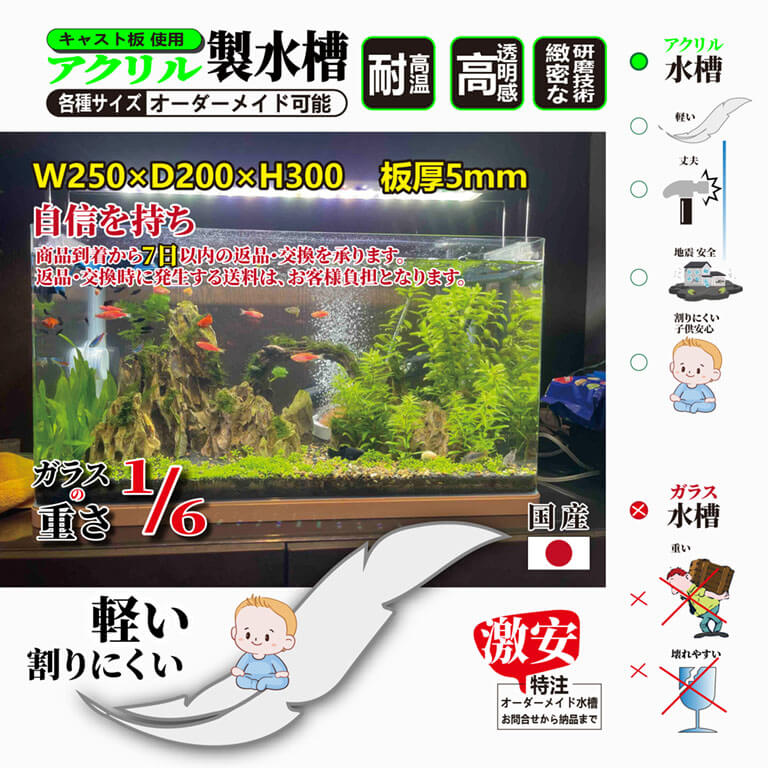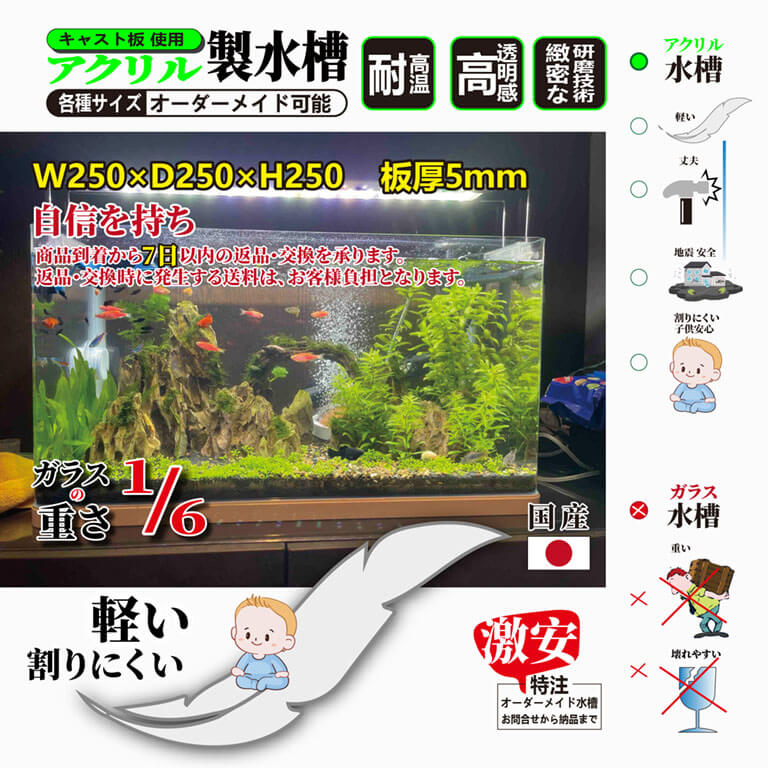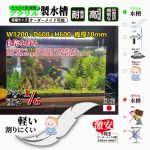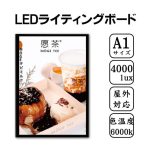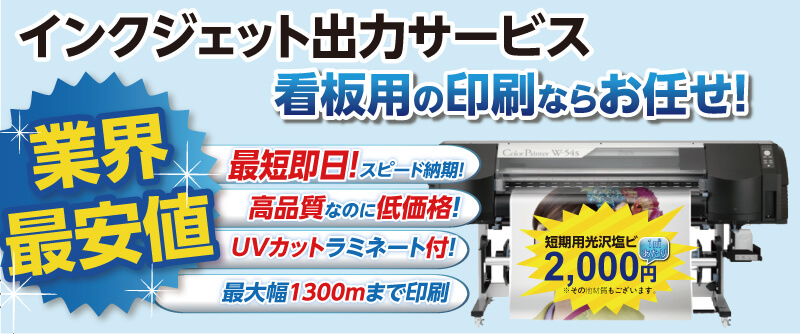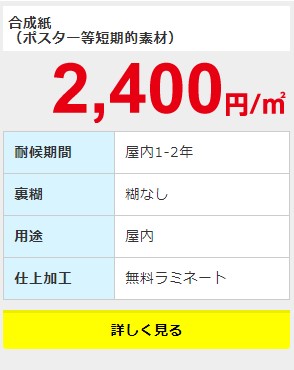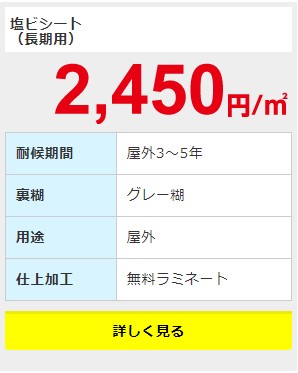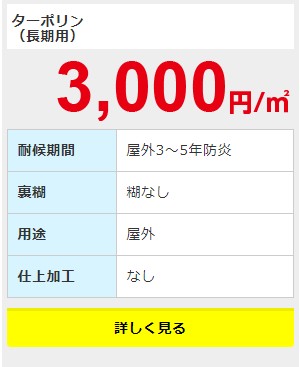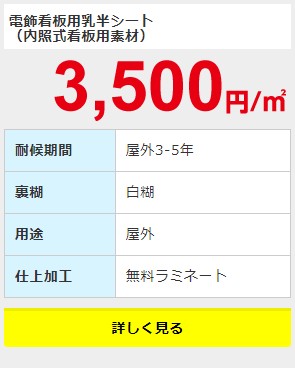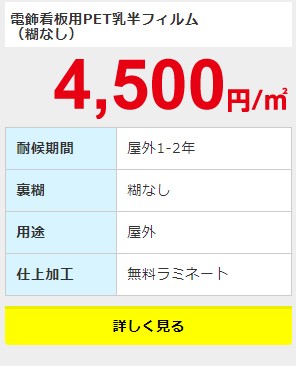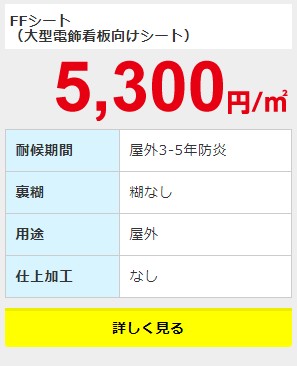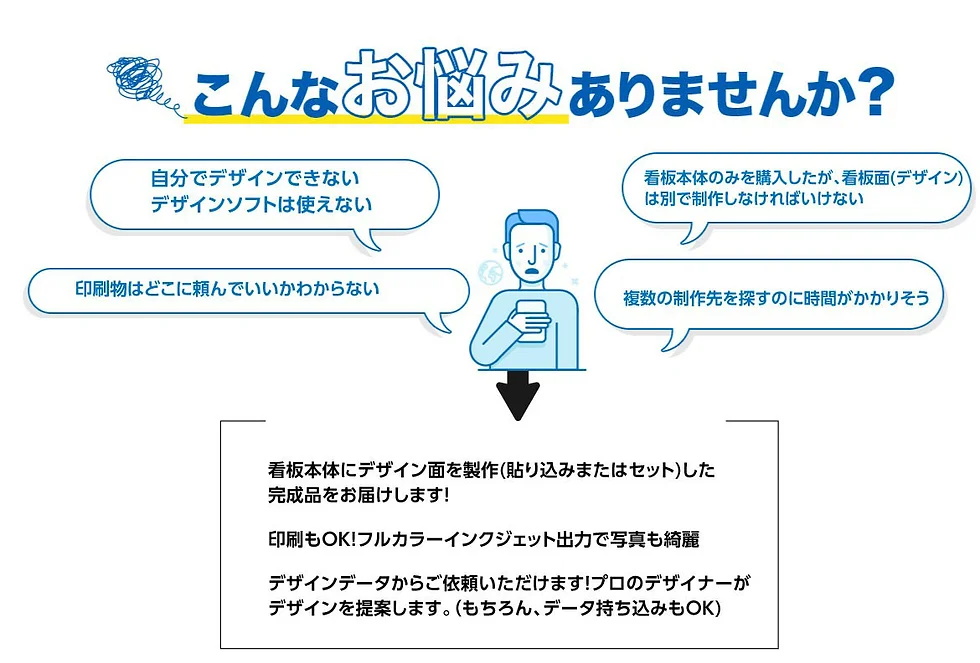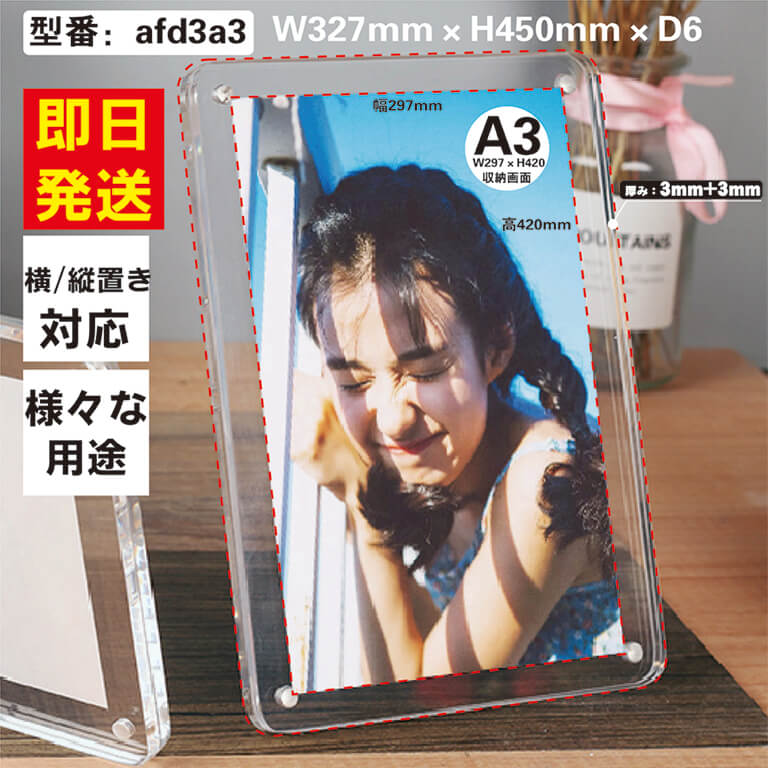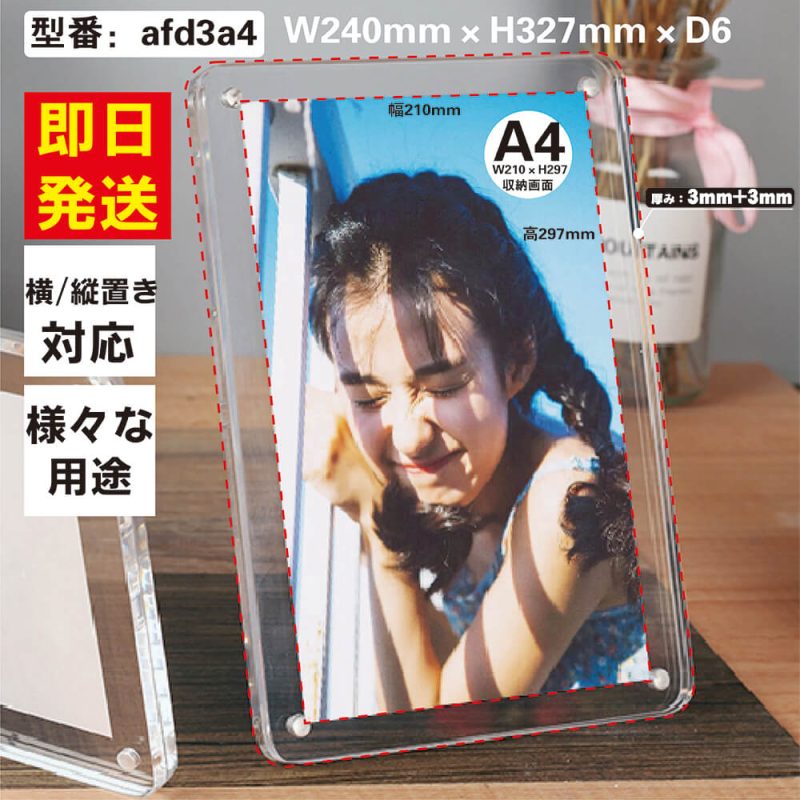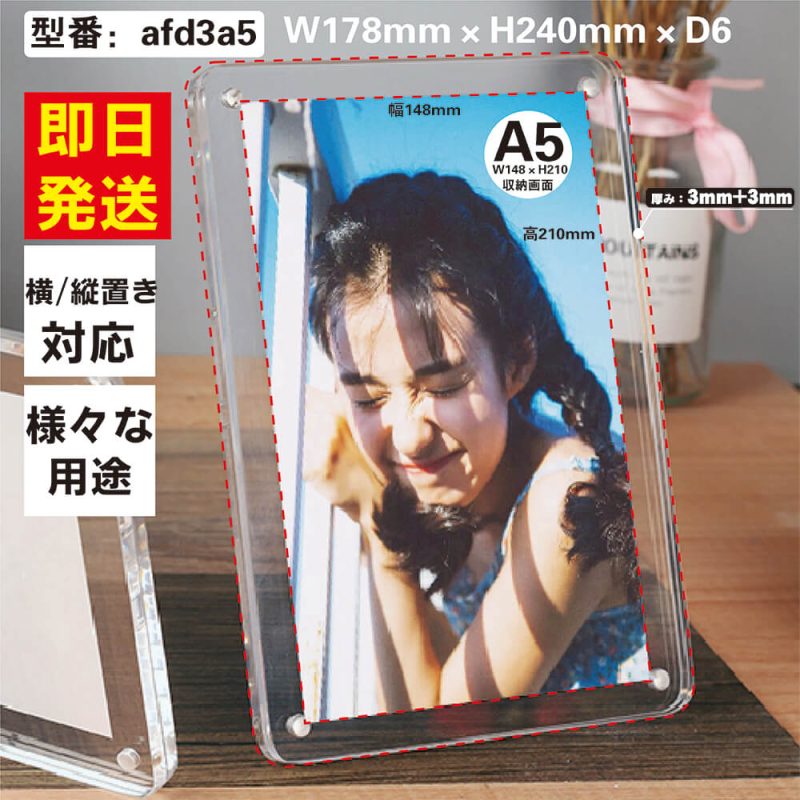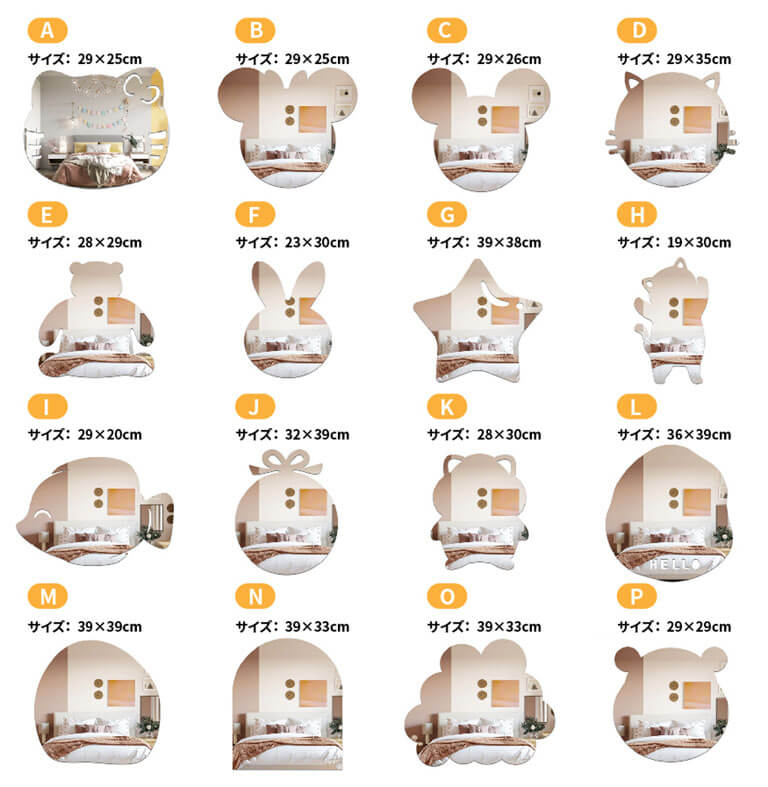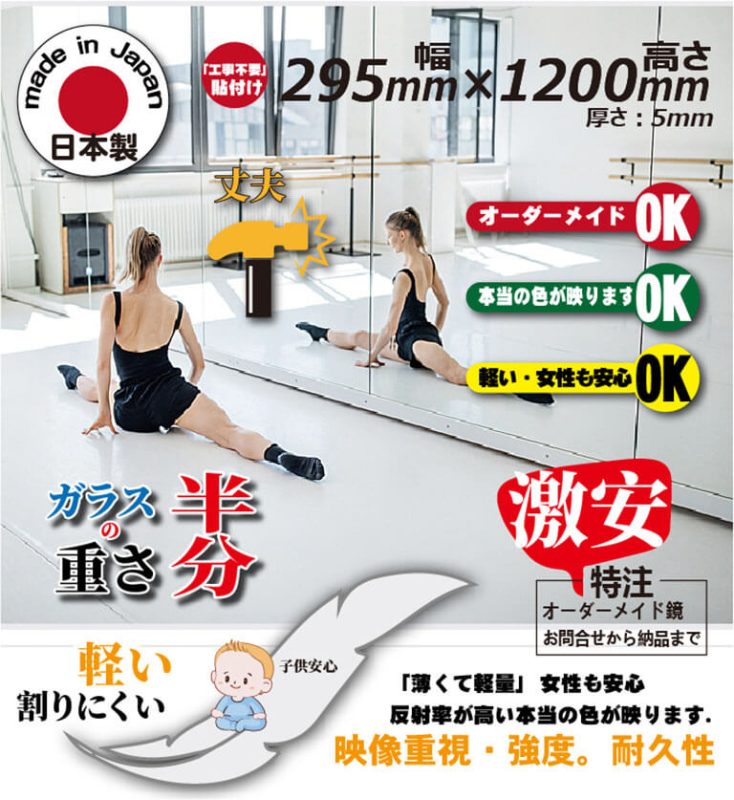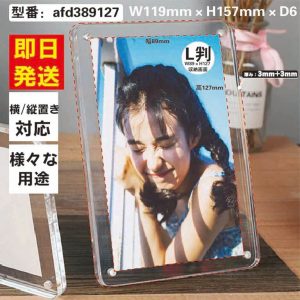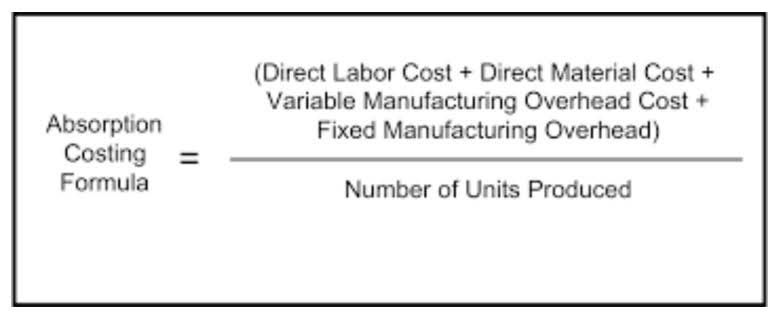
Absorption costing provides a more true image of profitability for a company. If a company prepares to ramp up production in preparation for a seasonal sales surge, this is an important factor to consider. The treatment of Overhead expenses is the fundamental difference between variable and absorption costing.
Key Elements of Absorption Costing: Unveiling What Goes Into Inventory Valuation and Cost Reporting
- It fails to recognize certain inventory costs in the same period in which revenue is generated by the expenses, like fixed overhead.
- This results in fixed costs impacting COGS rather than flowing straight to the income statement.
- This is significant if a company ramps up production in advance of an anticipated seasonal increase in sales.
- Remember, total variablecosts change proportionately with changes in total activity, whilefixed costs do not change as activity levels change.
It is also known as the recovery or application of overhead expenses to cost units. Moreover, due to the existence of fixed expenses, an increase in output volume usually results in a lower unit cost. Furthermore, absorption costing this information enables businesses to ensure that the price of their product covers the costs of manufacture. It also gives companies the ability to price their items more competitively in their market.
Allocation of Variable Manufacturing Overhead

Absorption costing can cause a company’s profit level to appear better than it actually is during a given accounting period. This is because all fixed costs are not deducted from revenues unless all of the company’s manufactured products are sold. In addition to skewing a profit and loss statement, this can potentially mislead both company management and investors. Absorption of costs refers to the incorporation of all manufacturing costs—both fixed and variable—into the product’s total cost. Essentially, the product’s cost becomes a comprehensive reflection of all incurred expenses. Repeat this three-step procedure for each component in the absorption costing formula, ensuring that all costs are fully incorporated into the product’s total manufacturing cost.
Inventory Management with Absorption Costing
- These are individuals whose efforts can be directly attributed to a specific product’s manufacturing.
- The prime cost, comprising direct materials, direct labor, and direct expenses, is significant in every type of organization.
- That cost will be expensed when the inventory is sold and accounts for the difference in net income under absorption and variable costing, as shown in Figure 6.14.
- Many private companies also use this method because it is GAAP-compliant whereas variable costing isn’t.
- The calculation assigns all manufacturing overhead costs, both fixed and variable, to products.
- (a) The finished product absorbs all manufacturing costs, whether direct or indirect.
Absorption costing can help managers identify areas where costs can be reduced and improve overall efficiency. Another advantage of absorption costing is that financial institutions and investors generally accept it. This makes it easier to obtain financing and raises confidence in the financial statements. A final advantage is that it is relatively easy to implement and maintain. This is especially true when compared to other costing methods, such as variable costing. A company produces a product that requires two direct materials and one direct labor hour to produce.
- The following is the step-by-step calculation and explanation of absorbed overhead in applying to Absorption Costing.
- On the other hand, absorption costing can also provide useful information for decision-making.
- Instead of focusing on the fear and anger, she started her accounting and consulting firm.
- Using these methods, overheads are recovered, charged to, or absorbed in the factory cost.
- It gives reasonably accurate results when the quality and prices of raw materials do not differ substantially.

This level of detail not only complies with GAAP standards but also provides a granular understanding of product costing, facilitating better strategic decisions. Contrastingly, period costs are expenses that are unrelated to the direct manufacturing of the product. Examples include marketing expenditures, depreciation of non-manufacturing assets, and administrative expenses.
Find the talent you need to grow your business
Overhead Absorption Rate Formula


